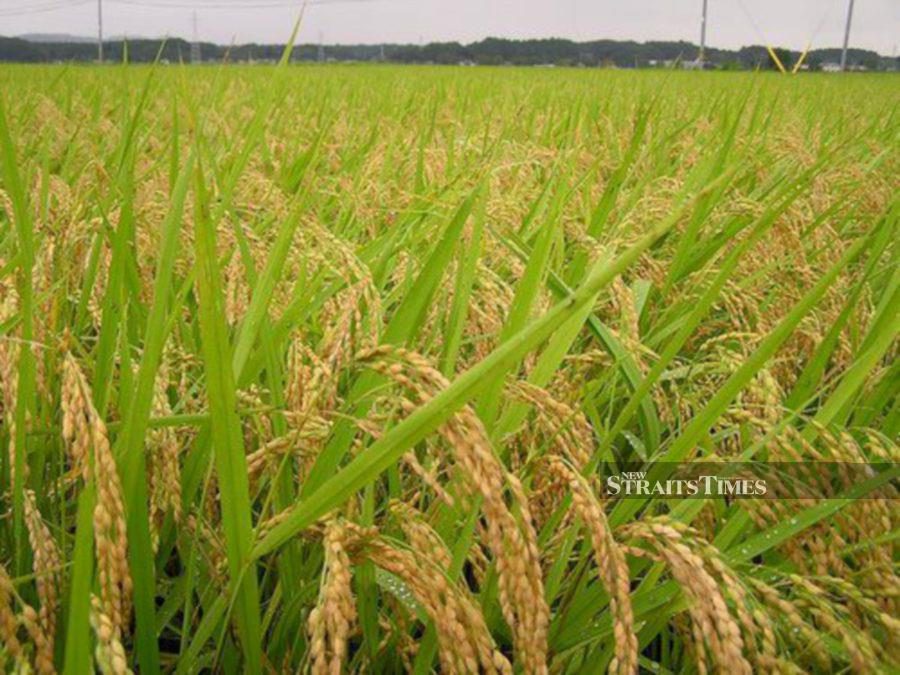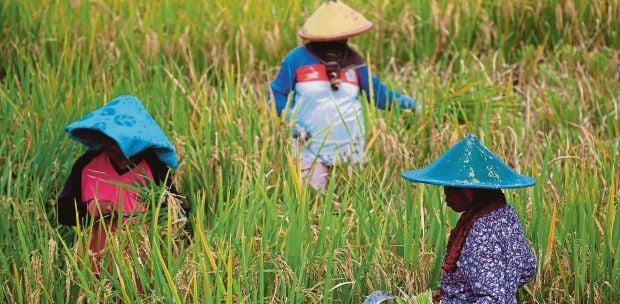Food security must be addressed by all parties.
Rapid climate change, expanding populations, wars and land-use constraints caused by urbanisation are contributing to the deterioration of food supply.
In fact, food insecurity is rising in a number of nations, reversing years of developmental progress and endangering the Sustainable Development Goals 2030.
Having sufficient food is recognised as a fundamental human right. According to the Food and Agriculture Organisation, undernourishment as a percentage of the world's population fell by 4.3 per cent from 2001 to 2019. But now, it is on the rise again.
In 2019 and 2020, the prevalence of malnutrition increased from 8.4 per cent to 9.9 per cent.
The current food supply crisis is expected to persist if significant efforts are not made to address it.
Thus the government must re-prioritise agro-economic policy: the agricultural industry contributes to human survival.
In this regard, comprehensive measures involving multiple sectors and parties must be implemented.
We must learn from Thailand and the Netherlands, which have developed highly advanced agricultural innovations that maximise material and cost-savings, and require minimal space.
They are also global providers of agricultural- and livestock-related technology and equipment. Agricultural growth is a major contributor to their economies and industries.
People must be aware of the significance of having a variety of crops and livestock as food sources.
Currently, our country has only rice buffer stocks. In order to ensure food supply is not disrupted, it is critical to increase the buffer stocks of other foods such as chicken. The availability of buffer stocks of different foods will stabilise supplies and prices.
Therefore, it is crucial to enhance the technological capacity to store and distribute food for a long period. The storage of food by ancient Egyptian kings during famines is one of the best examples of food preservation for security.
Several food packaging technologies can improve food accessibility by extending shelf life.
Retort packaging is one such technology. The technology may appear to be new, but it has been used to store food for soldiers on the battlefield since the 1950s.
Numerous other methods of food preservation can be implemented as a mechanism to create buffer stocks.
Food preservation techniques have been refined over the years to extend the shelf life, and maintan quality and nutritional value.
The oldest method is drying or dehydrating. Historically, people preserved meat or fish by drying them in the sun.
Some people preserve fruits, vegetables and seafood by dehydrating and freezing them for a brief period of time. This is one of the safest and most cost-effective ways to enhance food security, prevent spoilage, preserve nutrients and save money. We should apply such methods.
In light of rising prices and food shortages, Malaysia's agriculture and food policies require fundamental reforms.
The nation's food sovereignty must be protected through community-farmer partnerships that cultivate more local products rather than rely on imported goods.
This is because imported products affect the local agricultural ecosystem and can cause uncertainty in quality, safety and halal aspects.
It is also important to note that food security is a state's ability to grow enough food on its own land for its citizens.
Therefore our country has to achieve food self-sufficiency. The question is, at what stage of self-sufficiency are we in now?
The writer is a fellow at Centre for Science and Environment Studies, Institute of Islamic Understanding Malaysia
The views expressed in this article are the author's own and do not necessarily reflect those of the New Straits Times





